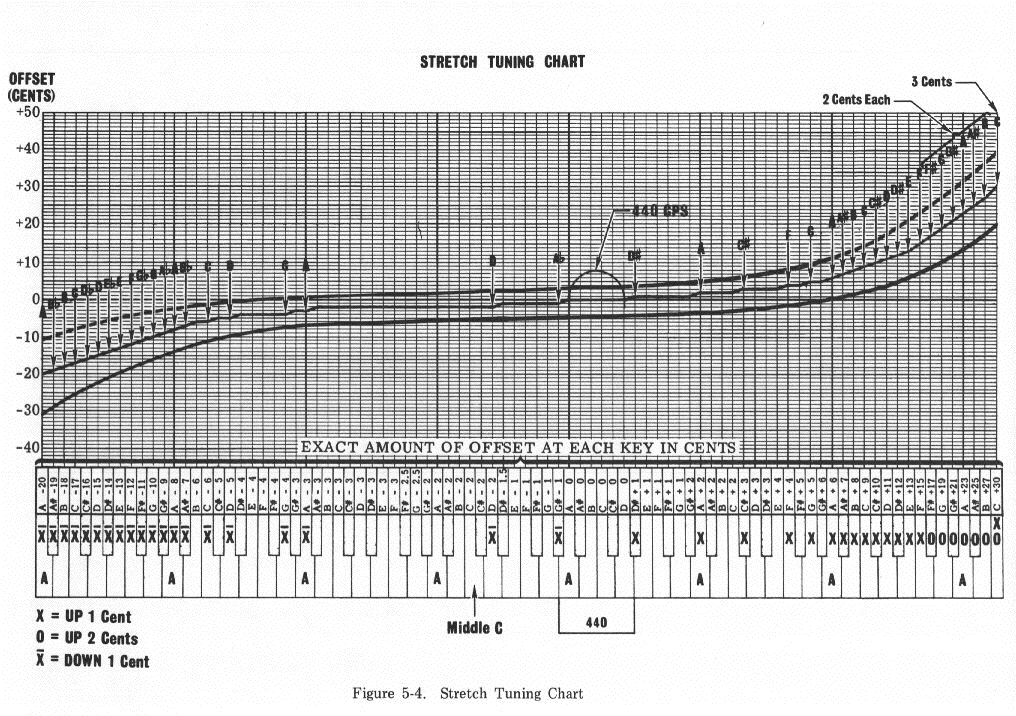bloke wrote: ↑Wed Jan 27, 2021 1:41 pm
Kirley wrote: ↑Wed Jan 27, 2021 11:41 amPersonally, I much prefer having things a bit sharp as I find it easier for me to lip down while still having decent tone. So the low C and B are still reachable.
We all have our own tuning strategies, and (reasonable) reasons for our own strategies.
(and I'm not trying to convince ANYone of ANYthing; as long as we pitch-match and tune intervals, those are the most important things, yes?)
I choose to tune slightly
flat, as...
> It's so easy to "blow sharp" (particularly with loud passages, and we seem to be assigned plenty of those).
> I find it much easy to very slightly "tighten up" (while retaining resonance/control) rather than to "relax down", as relaxing tends to call for releasing control of the embouchure somewhat.
> I suspect that critically-tuned/the-best-tuned-sounding large ensembles (though I can't seem to convince many others of this) strongly resembles piano tuning, whereby the lowest pitches sound best flat, and (gradually, as pitches gets higher throughout the mezzo and soprano instruments of the ensemble) pitch ascends remarkably. The only extra thing that a one-note-per-player ensemble can do (other than "fix" the open fifths - which is what piano tuning systems accomplish) is to favor/"purify" the 3rds and 6ths in various types of chords.
> When there is a piano in the midst of a large ensemble (particular if prominent - such as with a piano concerto, a vocal soloist in a pop concert - who is singing and playing the piano, or a heavily-mic'ed piano), the large ensemble had BEST conform to the piano's tuning system anyway.
 Notice how the extreme ranges of a well-tuned piano are a quarter-tone (according to the chart, but NOT according to critical ears) "out-of-tune" with each other.
Notice how the extreme ranges of a well-tuned piano are a quarter-tone (according to the chart, but NOT according to critical ears) "out-of-tune" with each other.

This is due to two unrelated phenomona:
1) The average person's ears psychoacoustically don't hear octaves, so when presented with a "true" octave, especially in the upper ranges, the upper note is perceived as flat, even though the math and the frequencies may be exactly 2:1.
2) Inharmonicity. This relates to the actual physical characteristics of piano strings. Strings don't vibrate in a "vacuum," so to speak. They actually roll on and off the bridge as they vibrate. This microscopically changes the witness point, and causes the string to vibrate sharp in its overtones. When you analyze the actual fundamental pitch variance on "full stretch," notice that there are different curves for different pianos with different string lengths, from spinet to full grand. So before all these technical measurements and charts and graphs, the piano tuner would tune the bass notes so the octave harmonic was in tune with the octave key above. By definition, this made the fundamental slightly flat, but that is how the ear perceives the octaves better: the overtones coordinating and not heterodyning, not the fundamental.
I wish they would still do that instead of relying on an electronic tuner, however programmed for which stretch, because to my ears, I can hear those overtones either mesh or clash, both in the bass and treble. It is actually more annoying to me in the treble, especially from 3rd space c up an octave and a half, which to me sounds flat, and I wish the "stretch" charts started their upward curve a little sooner.

